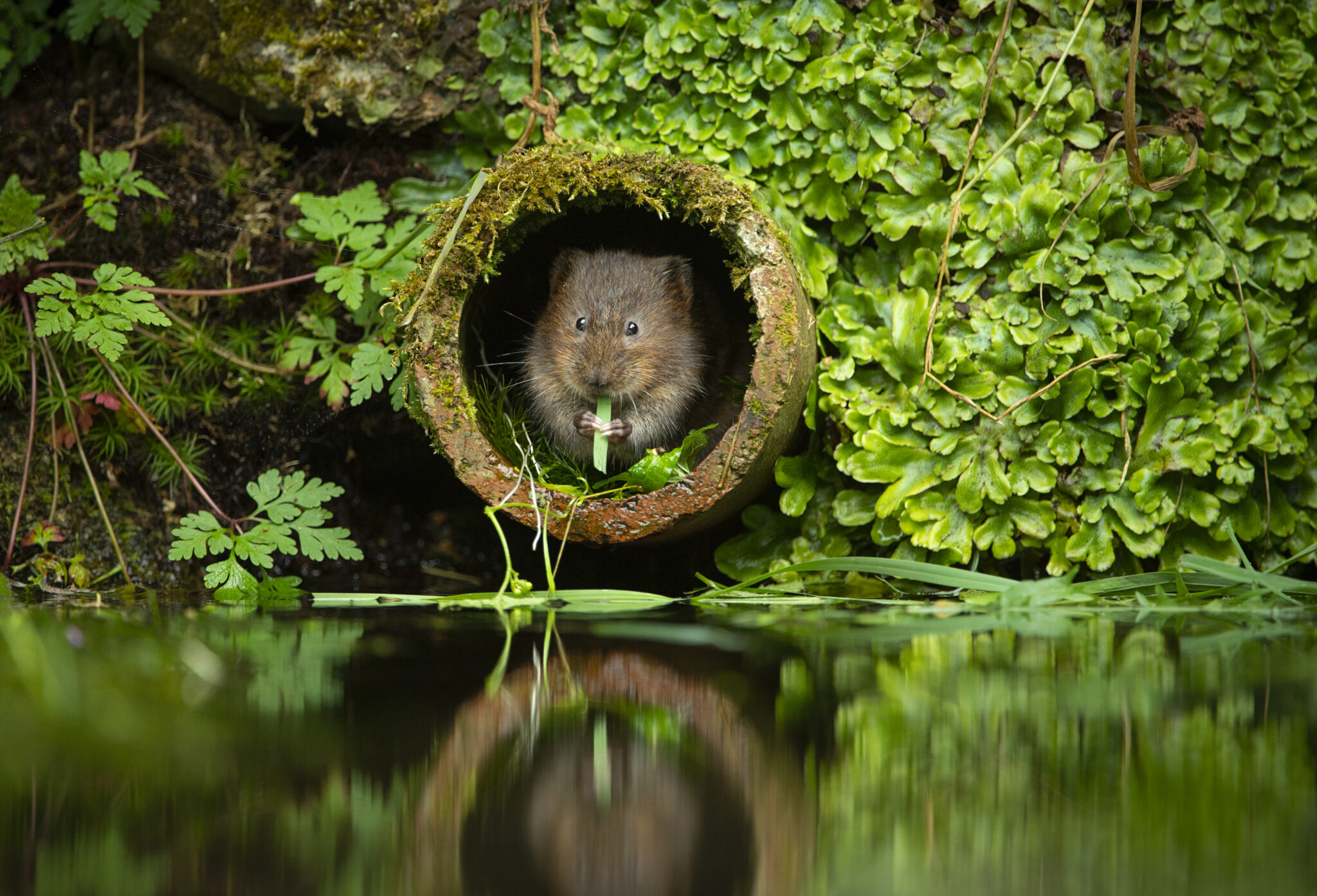(This page has been moved from the Habitats and Species page and will be further developed following consultation. Please share thoughts on what would be useful on this Summary page).
Draft summary of priorities
See the Habitats and Species pages for a description of Devon’s wildlife, pressures, opportunities, priorities and actions needed. The Species page includes a table listing Devon Special Species and a spreadsheet of the long list of Devon Species of Conservation Concern.
See the Mapping page for a link to the viewer and an overview of the layers on the Viewer.
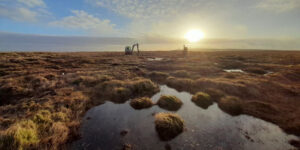
Carbon rich upland bogs and mires
Devon Special Species: Dunlin, curlew, snipe, Dartmoor bog spiders, Bog hoverfly.
See the Heaths, bogs and mires habitats page for more information. High Opportunity Areas are shown on the viewer. See a snippet of the layers below.
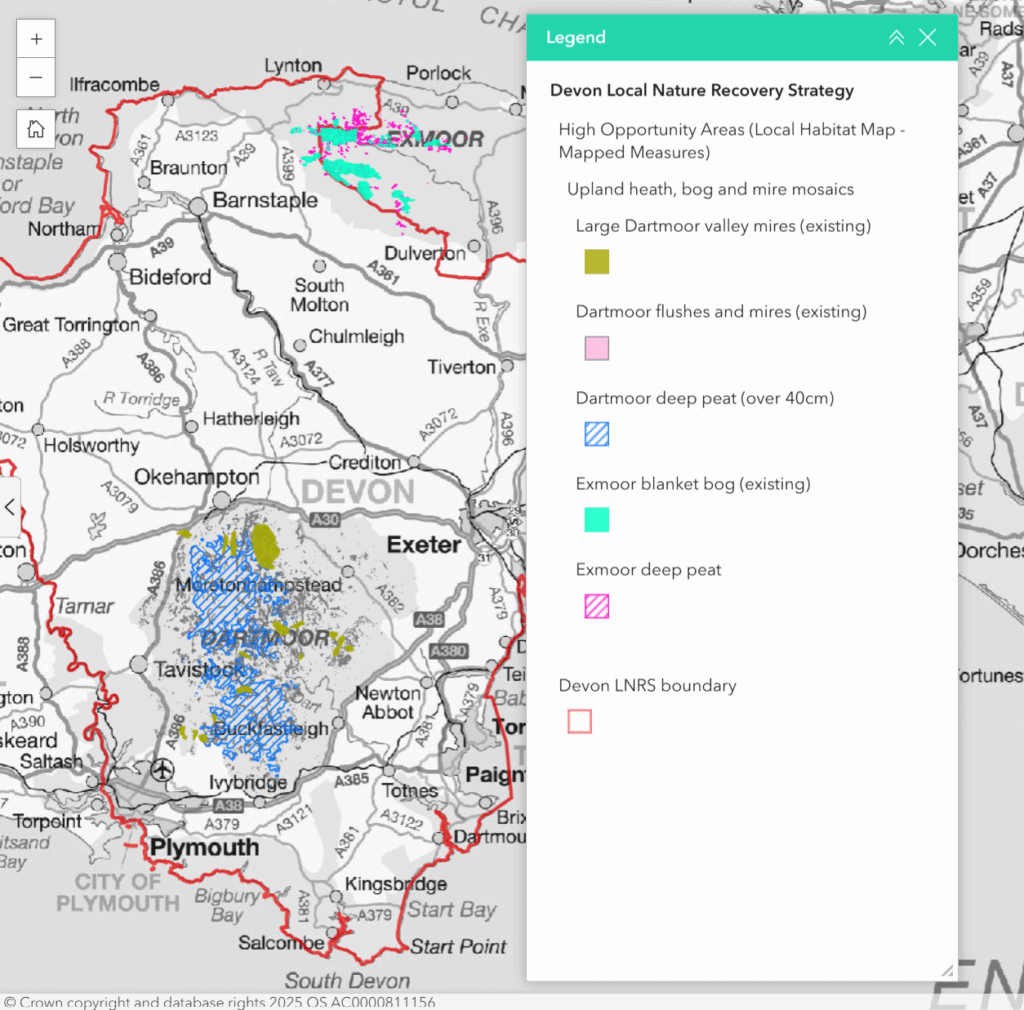
© Crown copyright and database rights 2025 OS AC0000811156
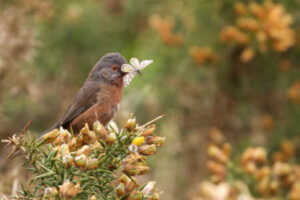
Insect rich upland and lowland heath mosaics
Examples of Devon Special Species include whinchat, cuckoo, Dartford warbler, pearl bordered fritillary,
See the Heaths, bogs and mires habitats page for more information. High Opportunity Areas are shown on the viewer. See a snippet of the layers below.
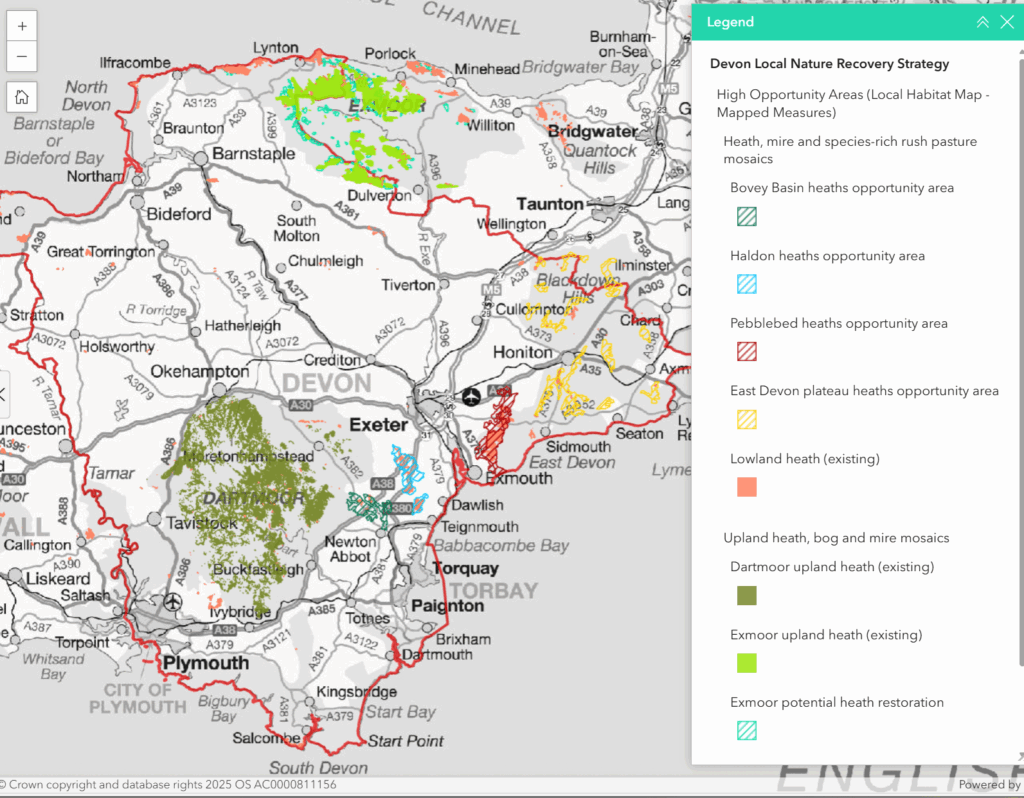
© Crown copyright and database rights 2025 OS AC0000811156
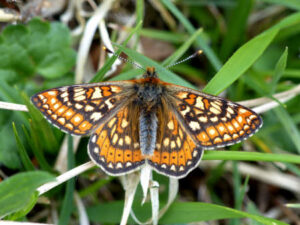
Restored mosaics of species-rich rush pastures, mires, wet heaths and wet woodlands
Example Devon Special Species: Marsh fritillary, small pearl-bordered fritillary, narrow-bordered bee hawk-moth, southern damselfly, Devon globetail hoverfly, grasshopper warbler, willow tit.
See the Heaths, bogs and mires habitats page for more information. High Opportunity Areas are shown on the viewer. See a snippet of the layers below.
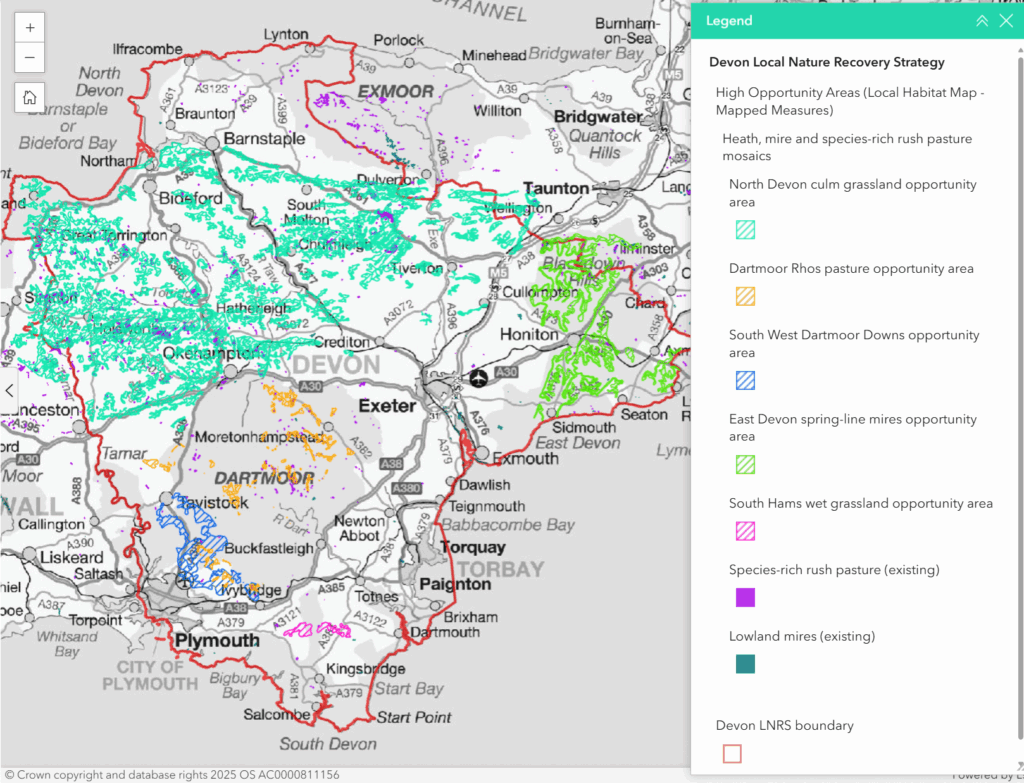
© Crown copyright and database rights 2025 OS AC0000811156
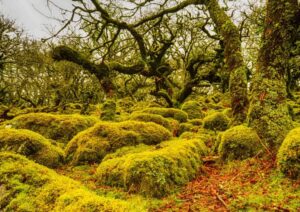
Temperate rainforest and ancient woodlands rich with mosses, lichens, bats and birds
Example Devon Special Species: Pied flycatchers, lesser spotted woodpecker, blue ground beetle, upland rainforest snails, Bechstein’s bat, barbastelle bat, lichens.
See the Broadleaved woodland, Conifer plantation and Wood pasture pages for more information. High Opportunity Areas are shown on the viewer. See a snippet of the layers below.
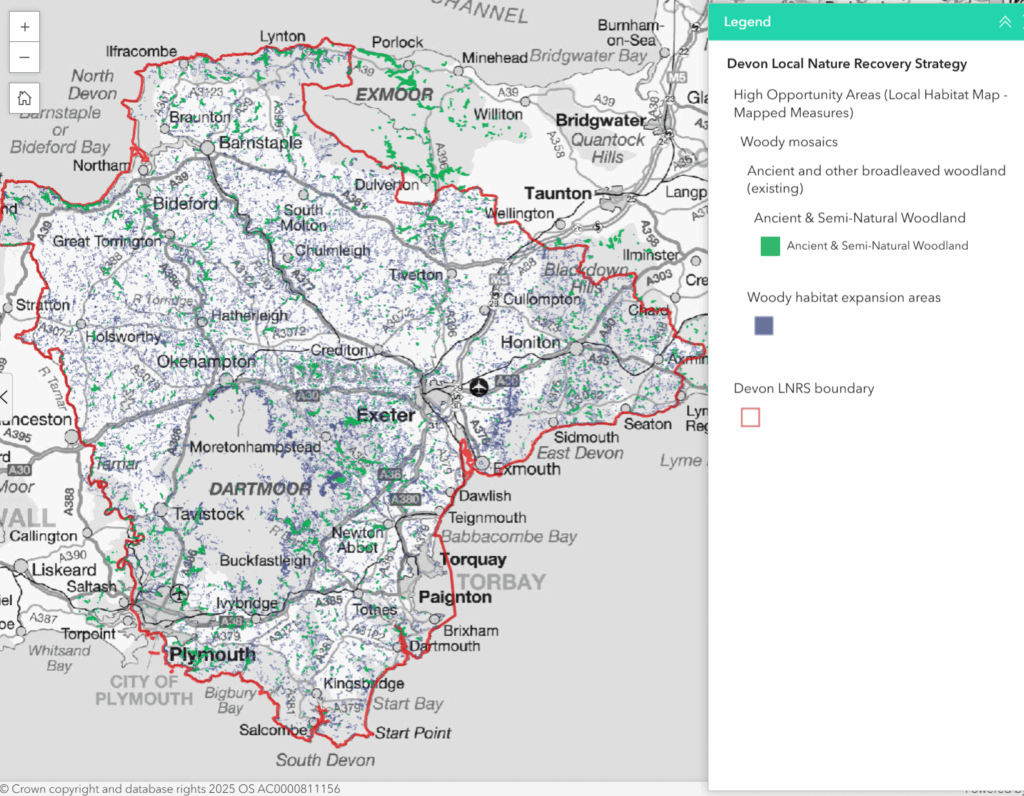
© Crown copyright and database rights 2025 OS AC0000811156
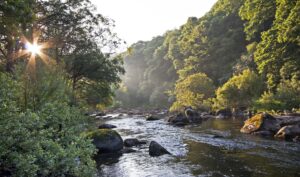
Healthy vegetated watercourse corridors with clean gravels and leaping salmon
Example Devon Special Species: Otter, beaver, water vole, Atlantic salmon, eels, lesser horseshoe bats, freshwater pearl mussel, native crayfish, aquatic lichens, mosses.
See the Watercourse corridors page for more information. High Opportunity Areas are shown on the viewer. See a snippet of the layers below.
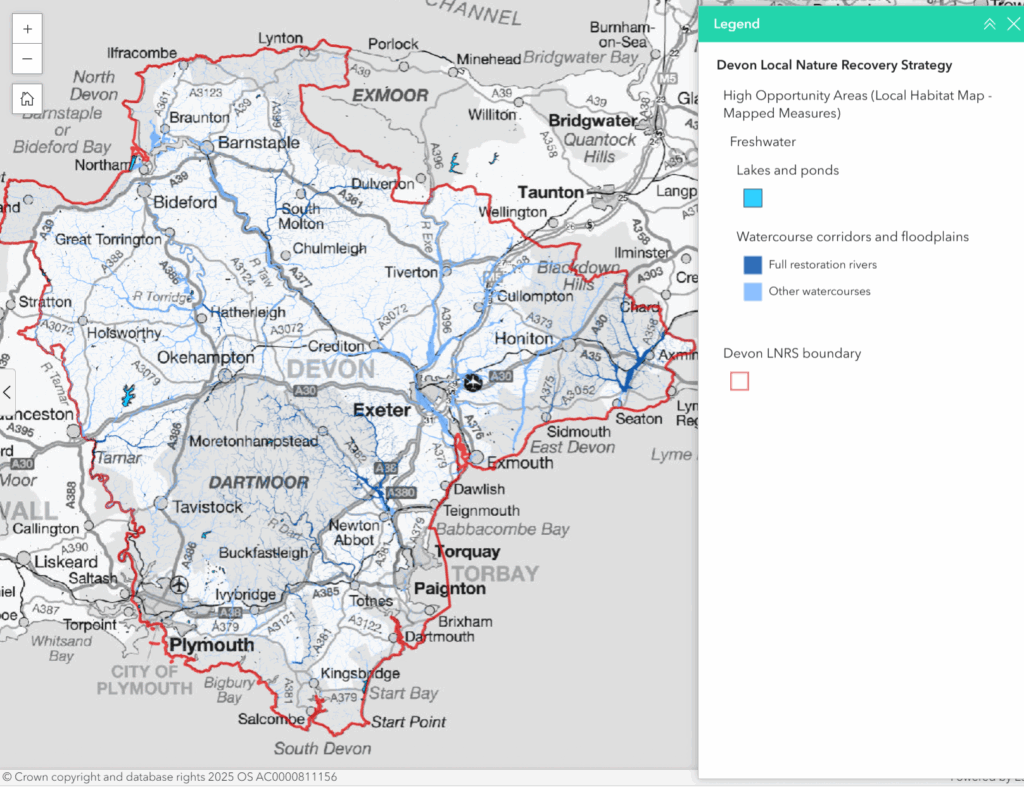
© Crown copyright and database rights 2025 OS AC0000811156
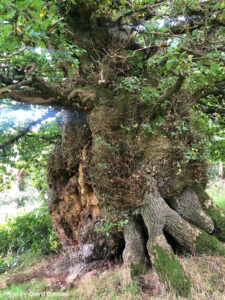
Networks of Ancient and veteran trees full of dead and decaying wood
Example Devon Special Species: Bechstein’s bat, barbastelle bat, spotted flycatchers, pied flycatchers, blue ground beetle, veteran tree fly group, veteran tree and deadwood lichen groups.
See the Woodland Trust mapping of Veteran trees under Designated sites and Statutory irreplaceable habitats on the viewer.
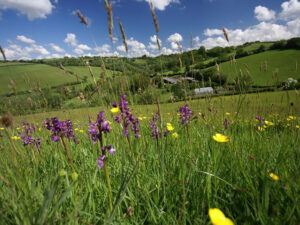
Networks of flower-rich grasslands buzzing with insects
Example Devon Special Species: Greater and lesser horseshoe bats, house martin, skylark, yellowhammer an other farmland birds, green-winged orchid, greater butterfly orchid.
See the Wildlife-rich grasslands page for more information. High Opportunity Areas are shown on the viewer. See a snippet of the layers below.
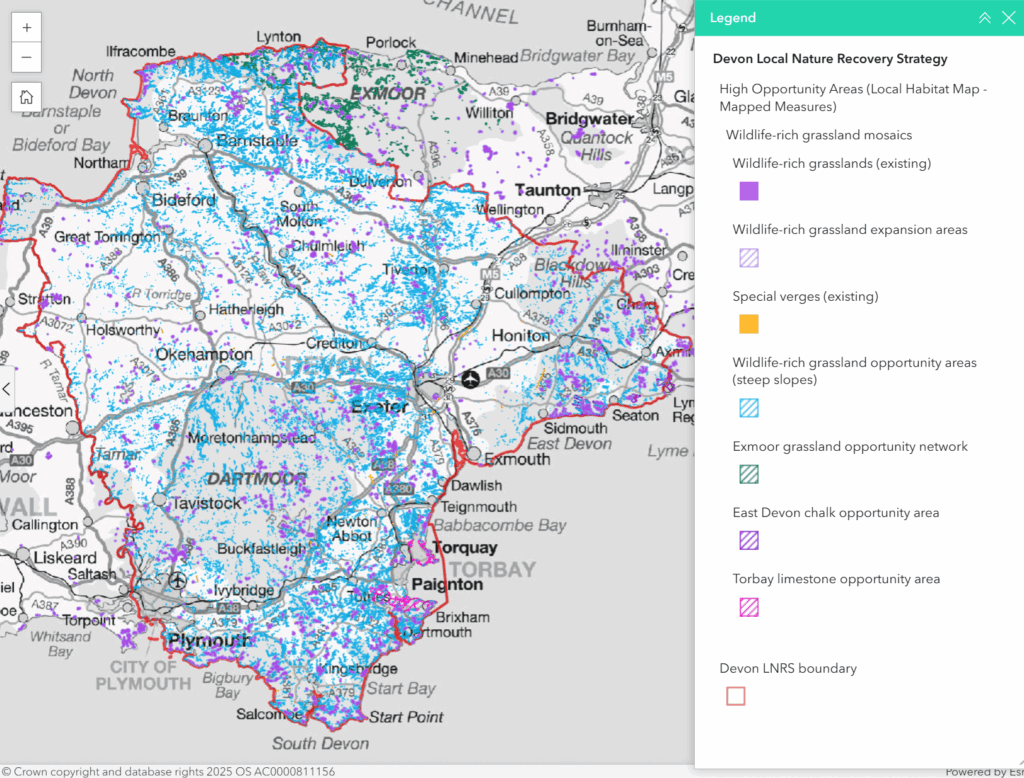
© Crown copyright and database rights 2025 OS AC0000811156
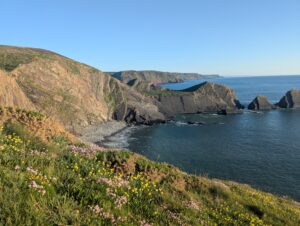
Two species-rich coastal wildbelts uniting our seas and land.
Devon’s coastal wildbelts with coastal grasslands, cliffs, dunes and estuaries are exceptionally important for wildlife. Devon Special Species include seahorses, oysters, puffins, the Celtic sea slug, grey seal, wood white butterfly, oil beetles and the moon spider.
See the Coastal Wildbelt page for more information. High Opportunity Areas are shown on the viewer. See a snippet of the layers below.
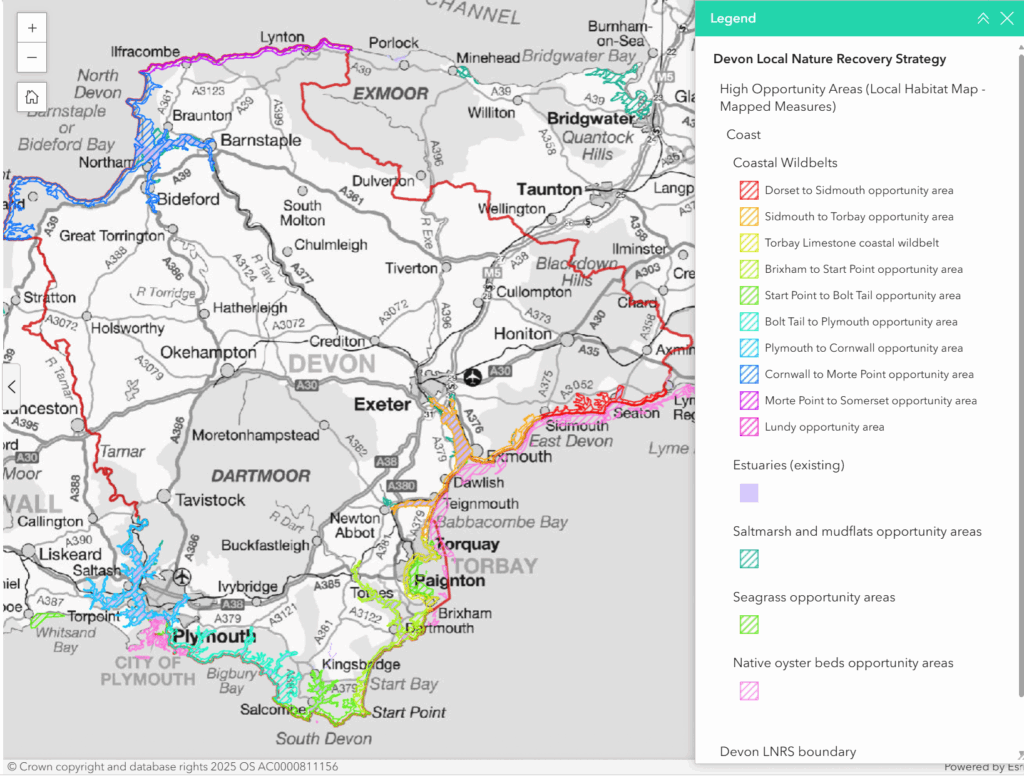
© Crown copyright and database rights 2025 OS AC0000811156
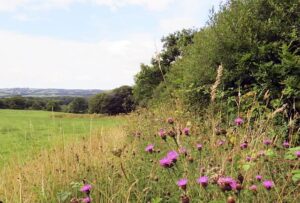
Farming with healthy soils, trees, wildlife-rich hedges, field margins and ponds
Examples of Devon Special Species: Arable plants, skylarks, cirl buntings, yellowhammers and other farmland birds. Dormice, harvest mice, brown hairstreak butterfly, lesser horseshoe bats.
See the arable and improved grassland, hedges and relevant species pages for more details, including farmland birds.
The example map below shows LNRS Species Opportunity Areas for arable plants, greater horseshoe bats and cirl buntings.
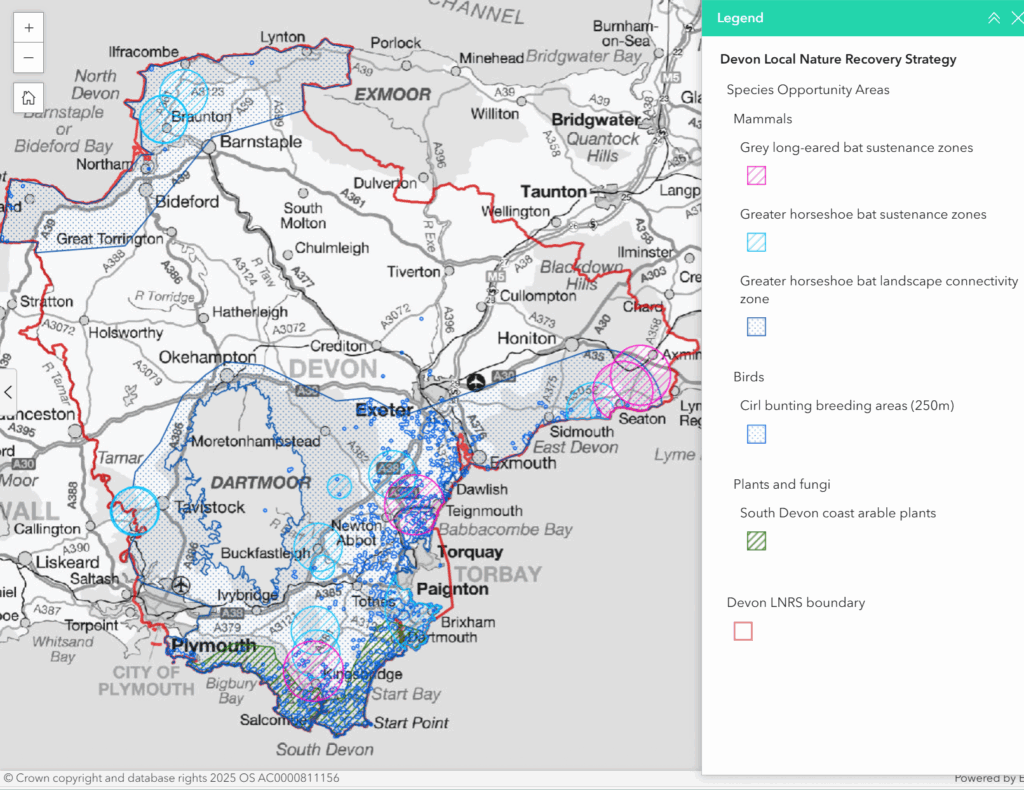
© Crown copyright and database rights 2025 OS AC0000811156
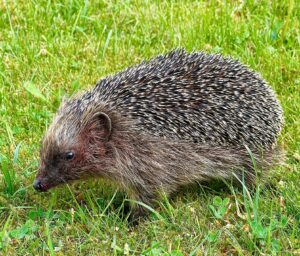
Networks of parks, gardens and green spaces managed for wildlife and people
Examples of Devon Special Species include: hedgehogs, toad, serotine bats, starling, swift, house sparrow, house martin, spotted flycatcher.
The map below shows the simple 500m zones mapped around community centres and non-private schools to show where accessible wildlife could be beneficial to communities.
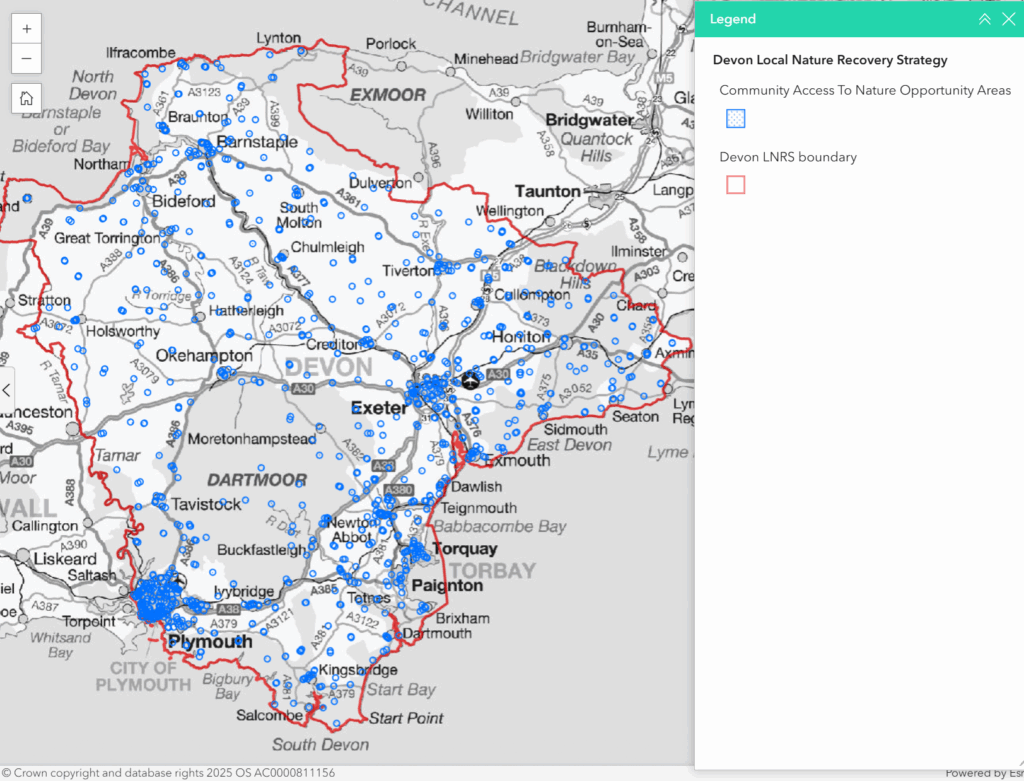
© Crown copyright and database rights 2025 OS AC0000811156
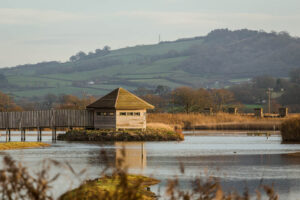
Habitats are managed and restored to capture carbon, reduce flooding and improve water quality
See Water quality and flood risk and carbon sequestration for more details.
See a snippet of the viewer layers below provided by the Environment Agency and South West Water to show where we most need to create habitats to reduce flooding and improve water quality.
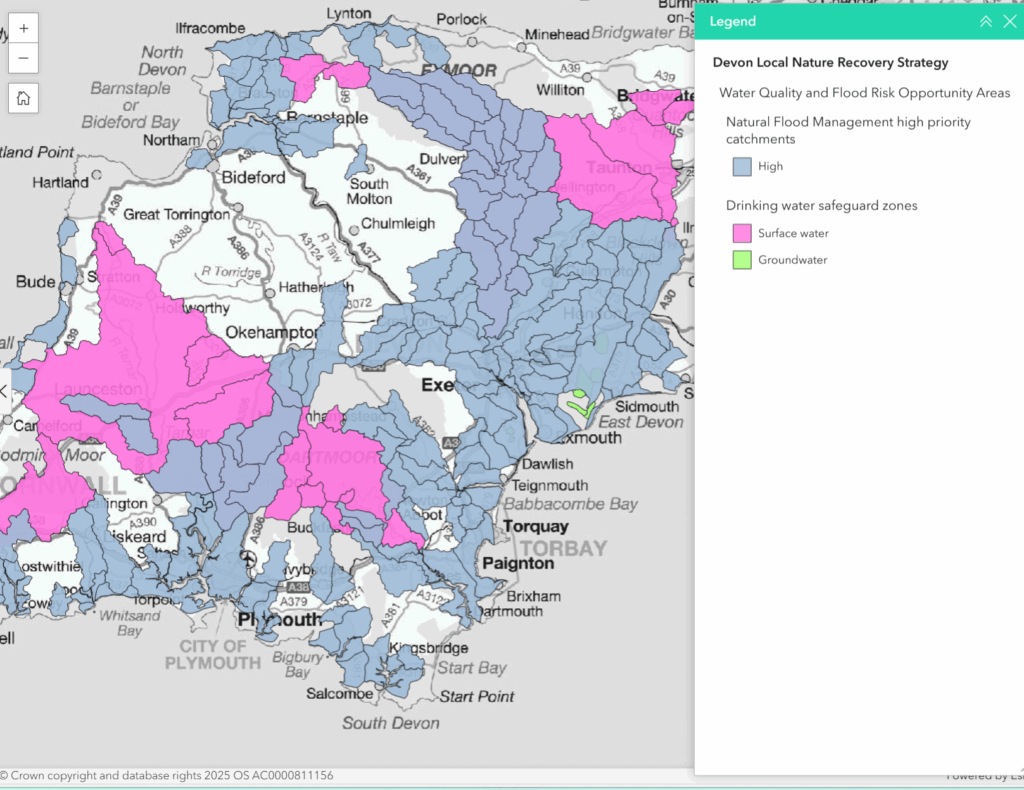
© Crown copyright and database rights 2025 OS AC0000811156
Cross-cutting issues and actions
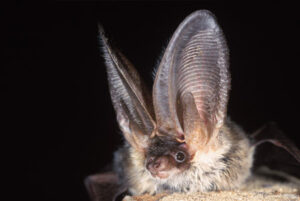
Lighting
Light pollution can have serious impacts on wildlife including disturbing natural cycles and creating barriers in the landscape for light sensitive species such as bats.
Actions: Reduce light pollution wherever possible, particularly avoiding light spill onto habitats used by light sensitive species such as bats. Use warm amber lighting.
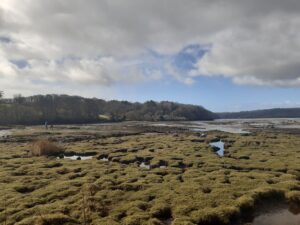
Climate change
Climate change, with drier summers, more extreme rain storms and changing seasons, is already beginning to impact on Devon’s wildlife. The implications for species and habitats are discussed on the relevant pages. Creating a resilient nature network across Devon is essential to allow species to move as needed and to help store carbon and reduce impacts.
Actions: Restore a network of healthy habitats, soils and species populations to strengthen their resilience and to capture and store carbon.
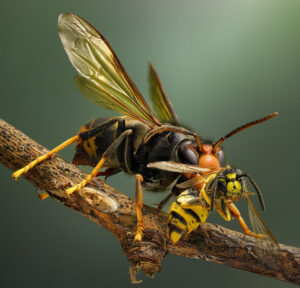
Invasive species
A few species have become invasive and having serous impacts on the environment. These include common non-native species such as grey squirrels and native species such as purple-moor grass on Dartmoor.
Actions: Control invasive and non-native species and prevent the introduction of new ones.
See the Invasive non-native species page for more details.

Pesticides
Pesticides, including avermectins (livestock wormers) are generally needed in agriculture. However they can have serious impacts on species and habitats. Pesticides along with habitat loss have had a huge impact on our insect populations.
Actions: Minimise the use of, and target applications of, pesticides and avermectins to reduce their impact on invertebrates.
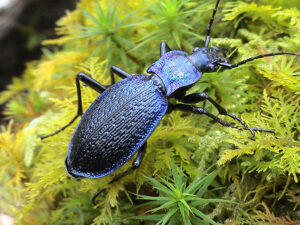
Leave dead and decaying wood
The importance of standing and fallen dead and decaying wood, largely found on veteran and ancient trees, is a constant theme through the LNRS. It may look messy but it supports huge numbers of insects as well as fungi and lichens. These insects are a critical food source for our bats and birds. Many of our rarest species such as the blue ground beetle (found on Dartmoor) rely on dead and decaying wood.
Actions: Leave standing and fallen deadwood in place .
Protect the root zones of ancient and veteran trees.
Create networks of future veteran trees across Devon.

The importance of grazing
All of our ‘open’ habitats such as heaths, mires and wildlife-rich grasslands need grazing to prevent them reverting to woodland. Lack of grazing by appropriate livestock and at the right stocking levels is leading to loss of wildlife-rich habitats. Light grazing of wet and broadleaved woodlands can be beneficial. However overgrazing can also lead to loss of wildlife.
Actions: Lightly graze wildlife-habitats as appropriate (livestock, stocking rate, time of year etc) to each unique wildlife habitat.
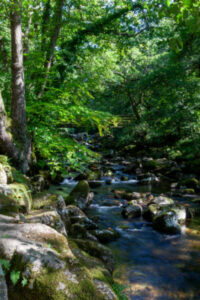
Management of woody habitats
Another constant theme through the LNRS is the need to manage woody habitats to create a varied structure for different species. Our hedges need cutting (but only every 2 or 3 years) to ensure a range of heights and ages. Our woodlands need managing to create open sunny glades, dense scrubby areas and to control invasive species such as rhodedendron and laurel.
Actions: Sustainably manage broadleaved and conifer plantations to create a varied physical structure.
Manage hedge corridors (shrubs banks, trees and margins) to improve their structure for wildlife.

Pollution
Human pressures from human waste, roads, agriculture (topsoil, fertilisers, pesticides, manure, antibiotics) and even dog flea treatments are continuing to pollute our freshwaters and intertidal areas.
Action: Reduce all sources of water pollution.
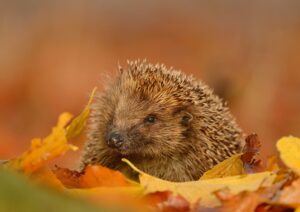
Litter
A Keep Britain Tidy (KBT) study estimates that 3 million small animals are killed by roadside litter every year, Glass bottles in East Devon have been found to contain the remains of hazel dormice. Hedgehogs can get caught up in litter such as yoghurt pots, tins and other plastics.
Action: Everyone to reduce littering and to litter pick as a normal part of day to day life.
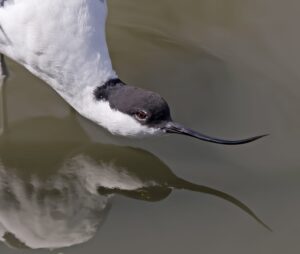
Recreational disturbance
Disturbance to wildlife (such as ground nesting birds and breeding seals) from recreational activities is an issue highlighted for our heaths, coast and estuaries.
Action: Reduce disturbance to wildlife including through avoiding sensitive wildlife areas and controlling dogs.
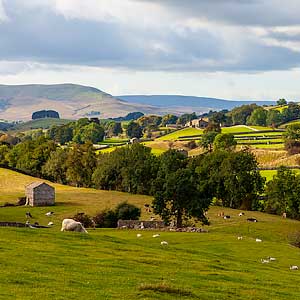
Scrub
Scrub is an important part of all wildlife habitats, It provides shelter, nesting sites and food. Scattered scrub in flower-rich grasslands (as often found along our coasts) adds to their wildlife value for insects. However where it isn’t controlled through grazing or clearance it can lead to the loss of flower rich habitats.
Action: Maintain patches of scattered scrub in open habitats such as wildlife-rich grasslands and wetlands.
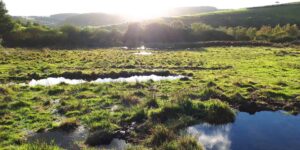
Habitat creation and connectivity
We need bigger, more and connected habitats across Devon. The LNRS highlights where these are most needed and soils most suited to our rarer habitats. However all new habitat is important, wherever it is.
Action: Create new woodlands, wood pastures, hedges, orchards, wildlife-rich grasslands, wetlands, heaths and wildlife-rich gardens, green spaces and parks across Devon – all sizes, everywhere.

